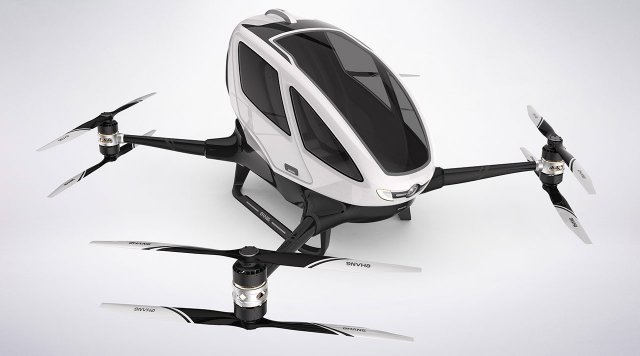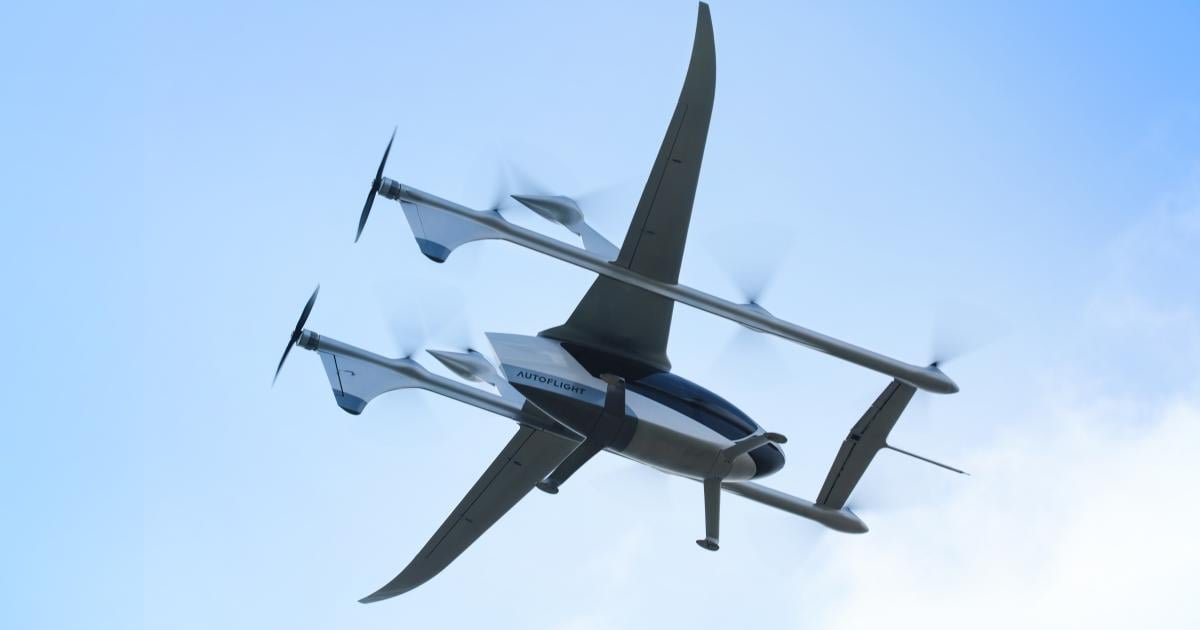Electric aviation in China is progressing rapidly, with ground-breaking developments emerging almost every month. In this video, we’ll explore how China is poised to dominate the low-altitude aviation economy in the coming decades and discuss why it may be difficult for established aviation giants to compete in this emerging sector.
Chinese Aviation History
Historically, Chinese aviation has been viewed as second-tier, with a reputation for producing aircraft catering primarily to budget-conscious markets in developing countries. Cutting-edge technology had largely eluded their industry. Despite manufacturing fighter jets for over 60 years, China has consistently lagged a generation behind its Western counterparts. However, since the start of the 21st century, the gap has been closing. A key example of this is the Comac C919, China’s first commercial airliner. Launched in 2008, the prototype was completed by 2015 and took its maiden flight in 2017—an impressive feat by any standard. While the C919 offers competitive performance compared to Boeing and Airbus models, it remains slightly behind the latest Max and Neo variants.
The electric aviation era has ushered China into an entirely new phase of innovation. This shift presents a fresh start, allowing China to pivot from reverse engineering to pioneering new advancements.
In 2024, electric aviation has witnessed significant strides, driven by two parallel approaches: battery-powered aircraft and hydrogen-powered aircraft. While development in the U.S. and Europe is increasingly focused on hydrogen-powered planes—offering longer range but still requiring further technological maturity—China has concentrated its efforts on battery-electric aircraft.
Reason’s For Chinese Aviation Rise
China is surging ahead is because of the following key factors:
Government Support
Technological Spillover
A Vast Domestic Market
& Environmental Targets
Let’s now explore each of these factors in detail.
- Government Support
The Chinese government has been a major force behind the rise of electric aviation, as outlined in its 14th Five-Year Plan (2021–2025). The plan emphasizes the importance of electric and hybrid-electric aircraft in reducing emissions, and it lays out a roadmap for encouraging research, development, and deployment of relevant technologies. China’s government has also coined the term “Low Altitude Economy,” highlighting its ambitions in sectors like cargo drones and air taxis.
The Civil Aviation Administration of China (CAAC) plays an active role, not just in developing regulatory frameworks for electric aviation but also in funding projects and partnering with Chinese aerospace companies. Several electric aircraft have already been certified in China, including the Autoflight CarryAll cargo eVTOL, EHang’s EH216-S, the first unmanned two-passenger eVTOL, and the R1XE two-seater fixed-wing light sport aircraft. Many others are awaiting certification, reflecting China’s aggressive push into this field.

In contrast, regulatory bodies in the U.S. and Europe i.e as the FAA and EASA respectively have been slower to establish certification criteria for electric aircraft. They have only recently finalized the standards for power-lift aircraft i.e aircraft that function as both rotorcraft and airplanes. It is for this reason development of electric aircraft in the West has largely been focused on lightsports and ultralight aircraft, where certification guidelines are clearer.
- Technological Spillover
China’s expertise in electric vehicle (EV) technology is another major advantage. As the world’s largest producer of EVs—accounting for two-thirds of global production—China has mastered battery technology and the electric drivetrain. This includes the development of high-efficiency motors, power electronics, motor controller units, and advanced software systems.
The leap from EVs to electric aircraft was a natural progression for China. Already a major manufacturer of lightweight carbon-fiber components and a leader in drone technology, the country has leveraged its existing strengths to expand into aviation. Many Chinese EV companies, like Geely (which owns Terrafugia) and Xpeng Motors, have now entered the electric aircraft market.
Battery giant CATL has also made waves in the aviation sector. In June 2024, CATL announced that it had successfully flown a four-ton aircraft using its new “Condensed Battery,” which boasts an energy density of up to 500 Wh/kg—nearly double the current industry standard. This breakthrough is expected to extend the range of electric aircraft. Note that aircraft like Archer Midnight or vertical Aerospace VX4 all have a Maximum Take off Weight of around 3 tonnes. The condensed battery will help to extend the range of these aircraft .
C. Vast Domestic Market
China’s large and rapidly growing domestic market offers a significant advantage. Developers can confidently invest, knowing that even if their products do not find international buyers, they can still thrive at home. This is particularly true in the agricultural drone market, where China already leads the world.
China currently has 241 airports, with plans to build more to connect its urban centers. Boeing predicts that China’s commercial fleet will more than double by 2043, from 4,345 to 9,740 airplanes, while its freighter fleet is expected to grow rapidly due to the expanding e-commerce sector. For point-to-point flying, the demand for eVTOLs could reach tens of thousands, providing the perfect incubator for the nascent electric aviation industry.
As the Chinese middle class grows, general aviation is also taking off. This is promising for manufacturers like Xpeng, which are targeting the high-end market with flying cars. Having already proven its multirotor technology with the Xpeng X2, the company is now developing luxury models like the Xpeng X3 and even a land-aircraft hybrid. In September 2024, Xpeng showcased “The land Aircraft Carrier”, prototype and conducted its first public test flight of this futuristic vehicle. Their prototype took to the skies only 11 months after it had been revealed.
D. Sustainable Aviation commitment
China has committed to reaching carbon neutrality, or net-zero emissions, by 2060. To achieve this, China has made several plans for its aviation industry, including the use of Sustainable Aviation Fuel and enabling the operation of electric aircraft for general aviation by 2025.
Electric aviation, with its potential to drastically reduce the carbon footprint of air travel, aligns perfectly with these targets. The government’s emphasis on sustainability encourages investment in electric aviation technologies as part of the larger effort to combat climate change.
In conclusion, China’s rapid advancements in electric aviation are reshaping the global landscape, with strong government backing, technological expertise, and a vast domestic market fueling its growth. As the world shifts towards sustainable air travel, China is positioned to become a dominant force in low-altitude aviation, especially in sectors like cargo drones and eVTOL air taxis. While Western aviation giants focus on hydrogen-powered solutions, China’s laser-like commitment to battery-electric aircraft gives it a unique advantage in this evolving market. The future of aviation is electric, and China is well on its way to leading this revolution.
